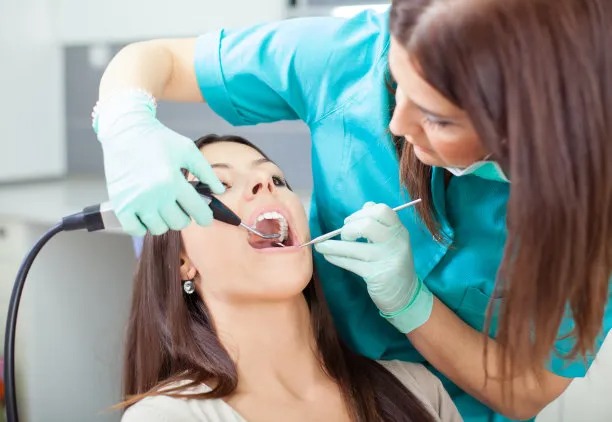The Essential Guide to Extracting a Tooth at Home Safely and Effectively for Your Dental Health
Summary: Extracting a tooth at home may seem like a daunting task, yet it can be carried out safely and effectively with the proper guidance. This article provides essential knowledge and step-by-step instructions to perform a tooth extraction at home. By understanding the right preparation, techniques, aftercare, and when to seek professional help, individuals can approach this procedure with confidence. Whether youre dealing with a painful tooth or a dental emergency, this guide will equip you with the information you need to take care of your dental health effectively.
1. Preparing for the Tooth Extraction

Before embarking on the tooth extraction process, proper preparation is crucial for ensuring safety and success. First, gather all necessary materials, including clean tools and antiseptics. A pair of sterile gloves, pliers specifically designed for dental use, and a clean cloth are essential. Additionally, having a saline solution or mouthwash on hand can help clean the area before the procedure.
It鈥檚 vital to assess your pain levels and determine whether the tooth is truly ready for extraction. Consider consulting a dental professional if you are unsure. They can provide valuable insights about potential complications and whether you should proceed with the extraction at home.
Finally, prepare your environment. Choose a well-lit area where you can comfortably manage the extraction. It鈥檚 also helpful to have a trusted friend or family member present to assist you or give support, especially if this is your first experience with tooth extraction.
2. Techniques for Safe Tooth Extraction
Having prepared everything, the next step is to focus on the techniques for safely removing the tooth. Begin by gently numbing the area with an over-the-counter anesthetic or ice pack. This will minimize pain during extraction. Avoid heavy sedatives as they could lead to complications.
When you feel ready, grip the tooth with your dental pliers, ensuring a firm grasp but not applying excessive force. Twist and rock the tooth gently back and forth to loosen it from its socket. Patience is key during this process; rushing can lead to broken teeth or damage to surrounding gums.
Once the tooth feels sufficiently loose, gently pull it out with a steady motion. Be careful to remove the entire tooth, including the roots, to prevent infection or future dental issues. After successful extraction, apply gentle pressure with a clean cloth to stop any bleeding.
3. Post-Extraction Care and Recovery
Post-extraction care is critical for ensuring a smooth recovery. After the procedure, bite down on a gauze pad for about 30 minutes to allow a clot to form and control bleeding. If bleeding persists, replace the gauze with a fresh piece and continue applying pressure.
Pain management is an important aspect of recovery. Over-the-counter pain relief medications are often adequate, but follow the recommended dosages closely. If pain becomes unmanageable or worsens after a few days, it may indicate a complication that necessitates professional intervention.
Additionally, maintain good oral hygiene during recovery. Avoid rinsing your mouth forcefully for the first 24 hours, but after that period, gently rinse with warm saltwater to promote healing and prevent infection. Monitor your diet; soft foods are advisable initially, while avoiding anything crunchy or hard that may disturb the extraction site.
4. When to Consult a Dental Professional
While self-extraction can be effective in certain situations, there are clear indicators of when to consult a dental professional. If you experience excessive bleeding that doesn鈥檛 subside, this warrants immediate professional attention. Also, if you notice signs of infection, such as swelling, fever, or pus, do not hesitate to contact your dentist.
It鈥檚 also essential to recognize when the pain escalates beyond manageable levels. If it interferes with daily activities or worsens post-extraction, these symptoms should prompt a visit to a dental expert. They can assess the situation and provide appropriate treatment options that may include antibiotics or additional procedures.
Lastly, if youre feeling uncertain or anxious about performing the extraction, seeking professional help is the safer choice. Dentists have the expertise and tools necessary to perform the procedure efficiently and minimize risks.
Summary: This guide provides a comprehensive overview of tooth extraction at home, emphasizing preparation, safe techniques, aftercare, and the importance of consulting professionals when needed. By following the outlined steps and being mindful of potential complications, you can manage your dental health effectively.
Taking charge of your dental health is important, but remember that some situations require professional expertise. Always prioritize safety and consider professional advice whenever necessary.
This article is compiled by Vickong Dental and the content is for reference only



